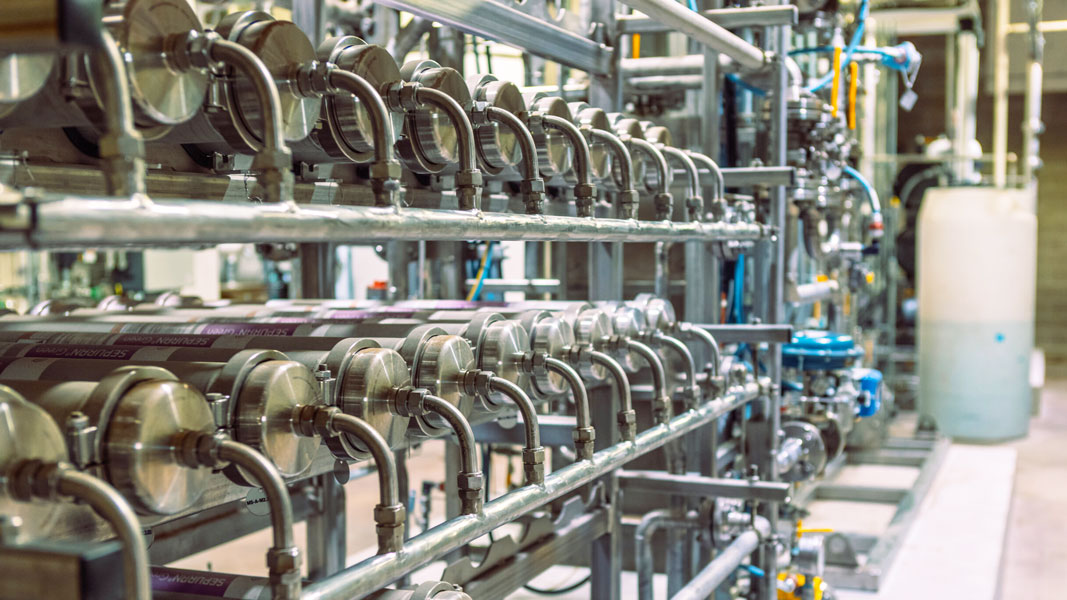Top: Biogas conditioning system at Dallmann East River Dairy in Wisconsin. Photo Courtesy of U.S. Gain via The Coalition For Renewable Natural Gas
The Coalition for Renewable Natural Gas (RNG), in association with Guidehouse, released the findings of its 2024 Renewable Natural Gas Economic Impact Analysis at its annual RNG conference in December. As of 2024, more than 400 RNG facilities were operational at landfills and anaerobic digestion plants, with an additional 130 under construction and 233 planned. “Together, these planned projects represent a 60% potential increase in production capacity,” notes the analysis. “From facility construction to ongoing operations, RNG projects contributed nearly $14 billion in total economic activity, benefiting supply chains and local economies alike. Further, RNG facilities and operations generated $7.2 billion in Gross Domestic Product (GDP), and directly and indirectly sustained over 55,000 jobs in 2024, creating meaningful employment opportunities in diverse communities nationwide.”
Also in December, the U.S. Department of the Treasury and the IRS released final rules for the Section 48 Energy Credit — also known as the Investment Tax Credit (ITC) — that will “give clean energy project developers clarity and certainty to undertake major investments to produce more clean power and further strengthen America’s clean energy economy,” states the Treasury Department. The final rules clarify what property is qualified biogas property and what is an integral part of qualified biogas property. According to an analysis by Foley Hoag, the final rules provide that RNG upgrading equipment is biogas “cleaning and conditioning” equipment that is creditable as “qualified biogas property” under the ITC. They also permit owners of “cleaning and conditioning” equipment (including upgrading equipment) to claim the ITC, even if they don’t also own related biogas production equipment, such as an anaerobic digester or a landfill gas collection system. The ITC applies to biogas projects that begin construction before January 1, 2025.
Historically, the ITC has fueled U.S. clean energy development by providing a tax credit for investments in qualifying clean energy property – generally 30% of the cost of the project, although the level of the credit has varied over time and by technology. While the ITC has advanced clean energy projects, its effectiveness was limited by the need for recurring short-term and retroactive legislative extensions, creating uncertainty and making it harder for clean energy developers to make investments and secure financing for projects. The Inflation Reduction Act extended the ITC — as well as the closely related Production Tax Credit (PTC) — until 2025, at which point the ITC and PTC will switch to a tech-neutral approach with credits that will be available in full for projects beginning construction at least through 2033.













